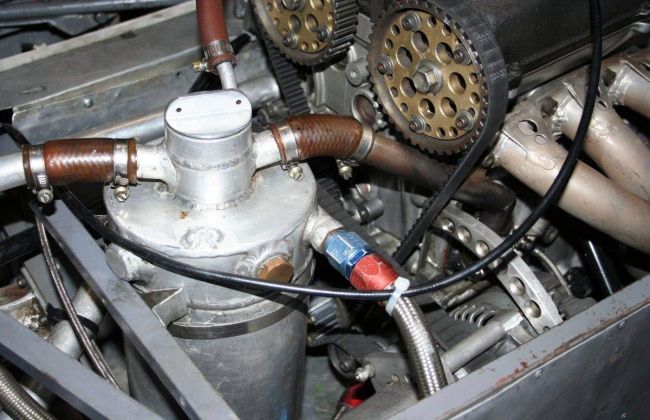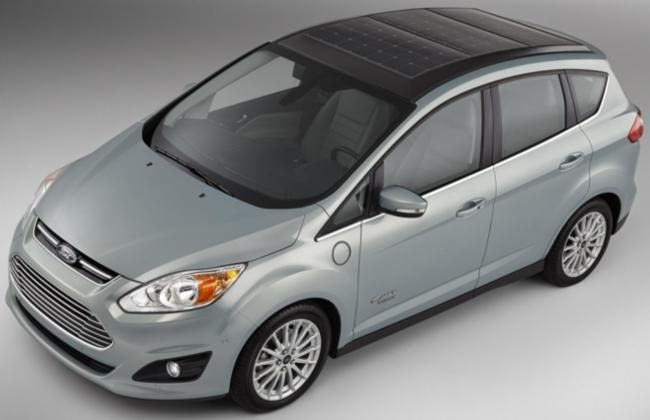Technical Aspects: Crankcase Ventilation
Modified On Feb 24, 2016 05:57 PM By Sahib
- Write a comment

Crankcase ventilation is almost provided in all automotive engines. Its prime job is to prevent the dilution of lubricating oil present in crankcase which may lead to corrosion of crankcase metals if some harmful acids are formed by such a dilution. Engine oil would also deteriorate to a great extent if this ventilation is not provided.
Technical Facts:
1. While engine is going through its 4 normal strokes in a cycle, water vapour is formed as a by-product of combustion. This vapour may find a way out of combustion chamber and leak into the crankcase. Now there is a great chance that this water vapour may get condensed into water in crankcase when engine is not in working mode (i.e-in cooled crankcase).
2. Also gasoline in the same way may find a way out of combustion chamber through piston ring into crankcase (known as blowby).
3. In both the above conditions, oil in crankcase will get deteriorated and some harmful acid may be formed by such dilution.

4. Hence ventilation is provided in the crankcase and constant stream of air is passed through crankcase which picks up and carries away all fuel vapour and water vapour before they condense out and dilute the oil.
5. But direct exhaust of these vapours into atmosphere may lead to air pollution. So in order to make it more effective, positive crankcase ventilation was introduced.
6. In Positive Crankcase Ventilation, air is first passed into air filter, then tube, and finally the closed oil filler cap. Crankcase vapours and gases are sucked back to PCV valve by intake manifold vacuum. From the PCV valve, the vapours and gases are drawn into the intake of the engine to be burned by combustion.
Working of PCV Valve:
The purpose of the PCV valve is to avoid deterioration of oil within crankcase by diverting the flow of the vapour from the crankcase to the intake manifold. So, this positive crankcase ventilation regulator valve is placed between crankcase outlet and intake manifold to regulate amount of suction applied.

- During low speed, intake manifold vacuum is high and so spring loaded valve is forced towards its seat which allows only gases to pass through orifices (in the valve) into the manifold.
- During high speed, intake manifold vacuum is low and so spring loaded valve is forced away from its seat which allows vapours (in crankcase) into the manifold.
Watch this video for better understanding of Crankcase ventilation:
Also Read: Technical Aspects: Splash Lubrication System










